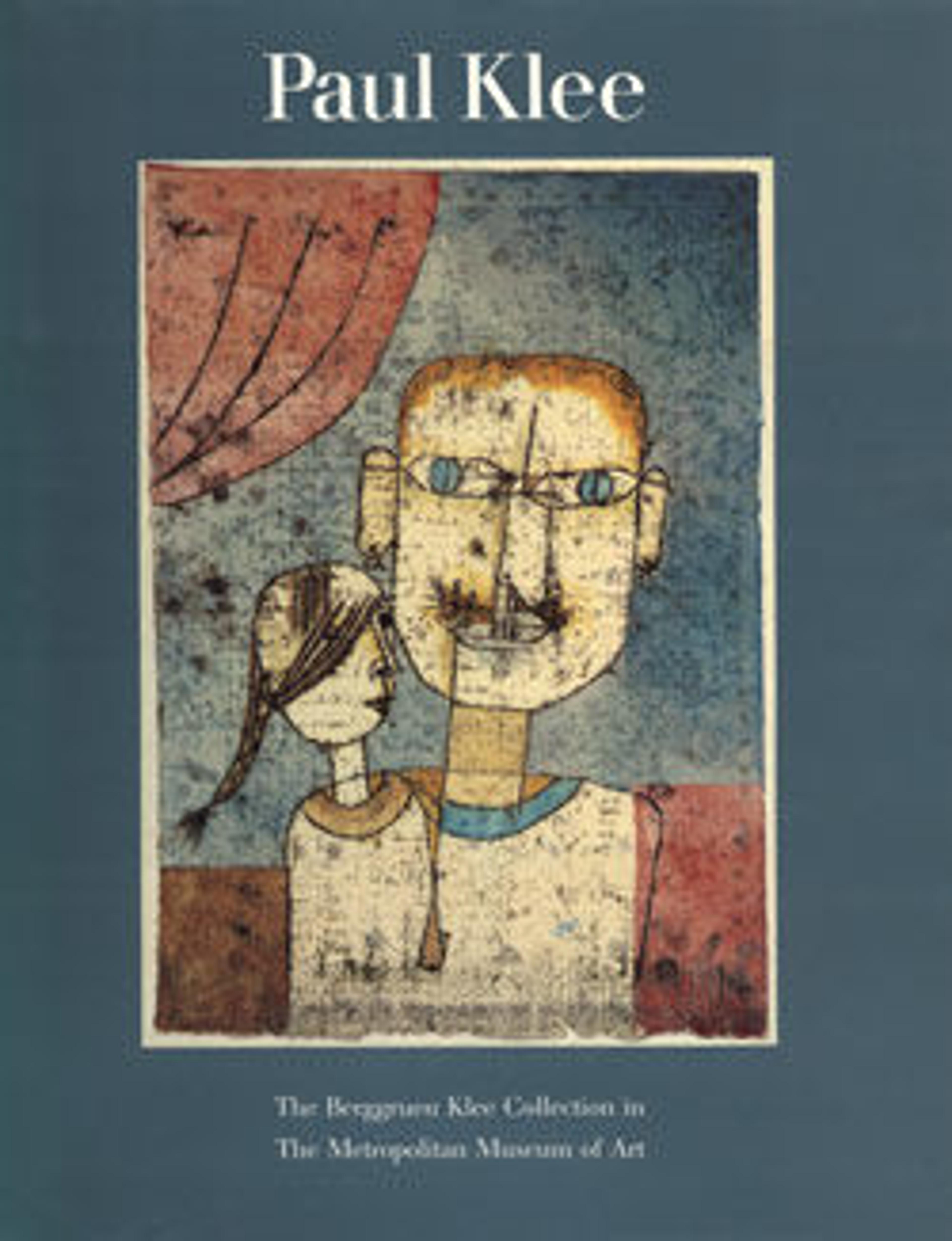Episode at Kairouan
Artwork Details
- Title: Episode at Kairouan
- Artist: Paul Klee (German (born Switzerland), Münchenbuchsee 1879–1940 Muralto-Locarno)
- Date: 1920
- Medium: Watercolor and transferred printing ink on paper mounted on cardboard
- Dimensions: 9 1/4 × 12 3/8 in. (23.5 × 31.4 cm)
- Classification: Drawings
- Credit Line: The Berggruen Klee Collection, 1984
- Object Number: 1984.315.17
- Rights and Reproduction: © 2025 Artists Rights Society (ARS), New York
- Curatorial Department: Modern and Contemporary Art
More Artwork
Research Resources
The Met provides unparalleled resources for research and welcomes an international community of students and scholars. The Met's Open Access API is where creators and researchers can connect to the The Met collection. Open Access data and public domain images are available for unrestricted commercial and noncommercial use without permission or fee.
To request images under copyright and other restrictions, please use this Image Request form.
Feedback
We continue to research and examine historical and cultural context for objects in The Met collection. If you have comments or questions about this object record, please contact us using the form below. The Museum looks forward to receiving your comments.
